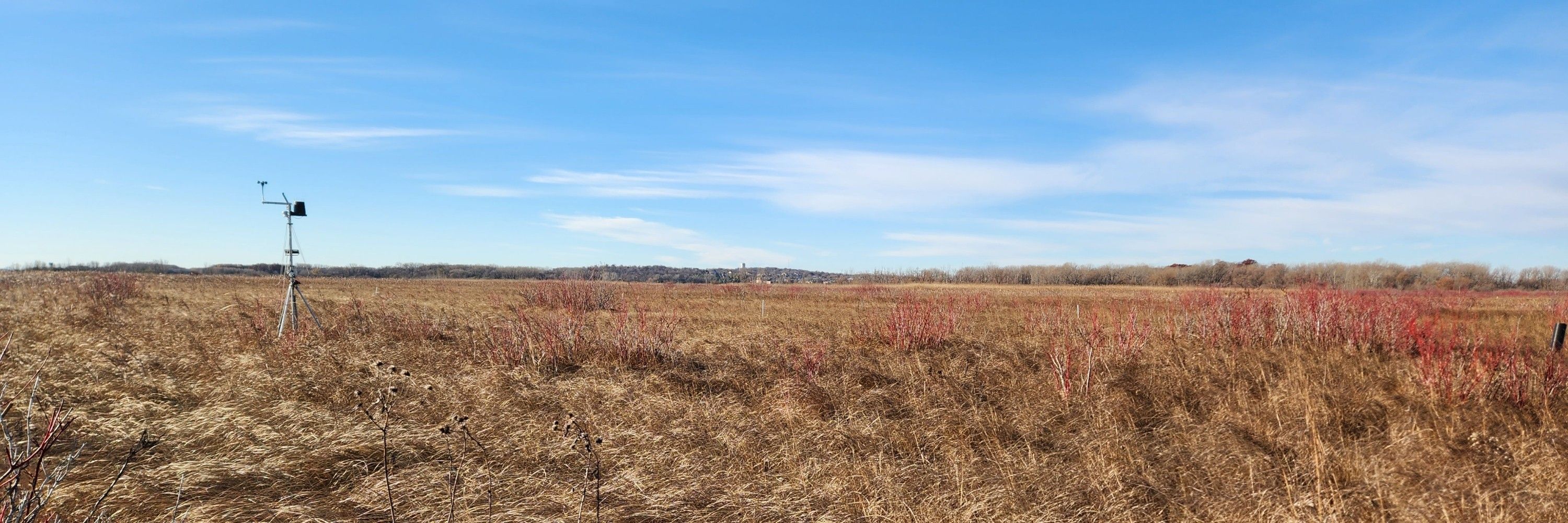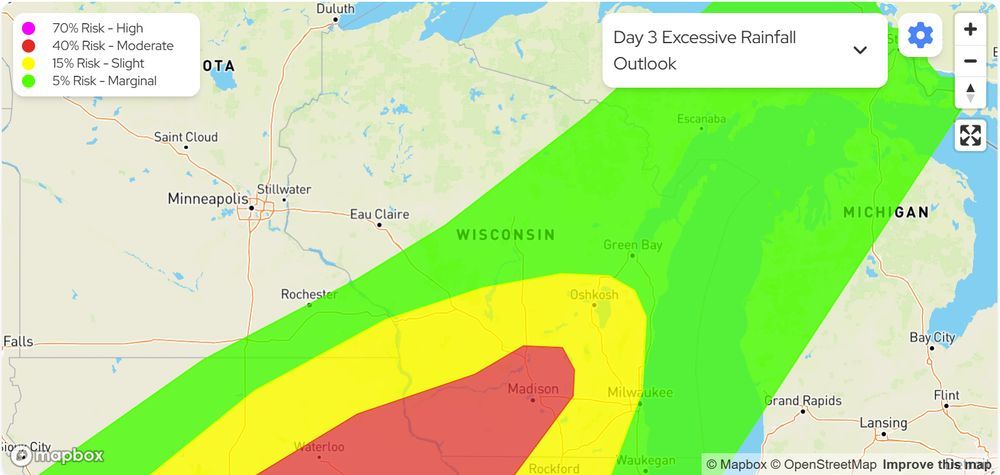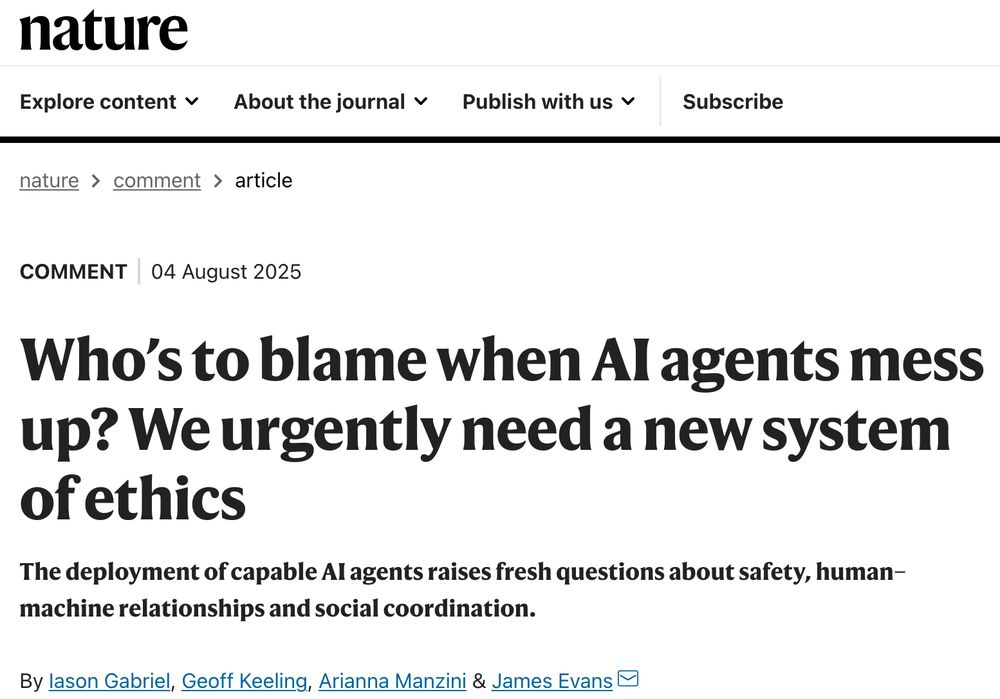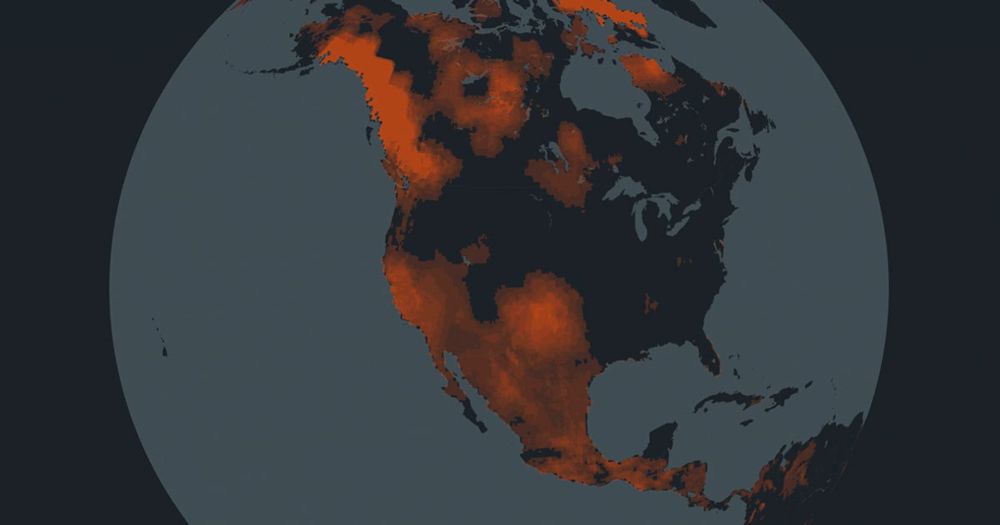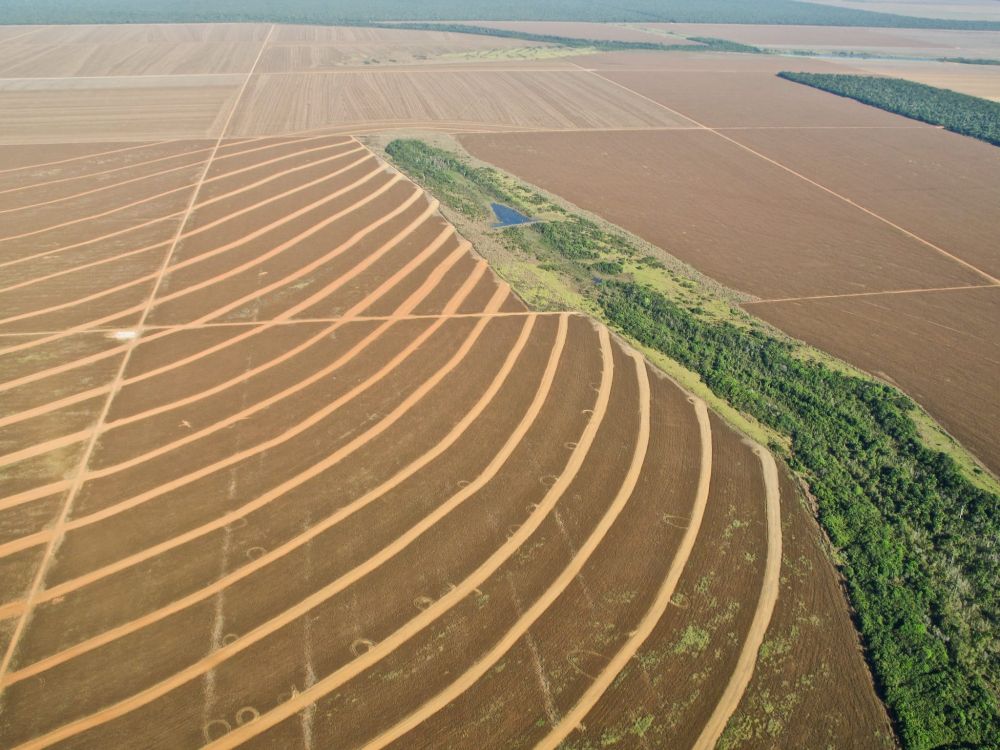Eric Booth
@egbooth.bsky.social
1.4K followers
880 following
200 posts
Hydroecologist at the University of Wisconsin-Madison. Interested in interactions between water, land, climate, humans, food, energy, etc. and transdisciplinary community-engaged research. Views shared here are my own. https://www.ericbooth.org/
Posts
Media
Videos
Starter Packs
Reposted by Eric Booth
Reposted by Eric Booth
Reposted by Eric Booth
Eric Booth
@egbooth.bsky.social
· Aug 17
Eric Booth
@egbooth.bsky.social
· Aug 16
Eric Booth
@egbooth.bsky.social
· Aug 14
Reposted by Eric Booth
Reposted by Eric Booth
Reposted by Eric Booth
Reposted by Eric Booth
Reposted by Eric Booth
Reposted by Eric Booth
Reposted by Eric Booth
Daniel Swain
@weatherwest.bsky.social
· Jul 16
Reposted by Eric Booth
Ben Iuliano
@beniuliano.bsky.social
· Jul 15
Reposted by Eric Booth
Eric Booth
@egbooth.bsky.social
· Jul 9
Eric Booth
@egbooth.bsky.social
· Jul 8
Reposted by Eric Booth
